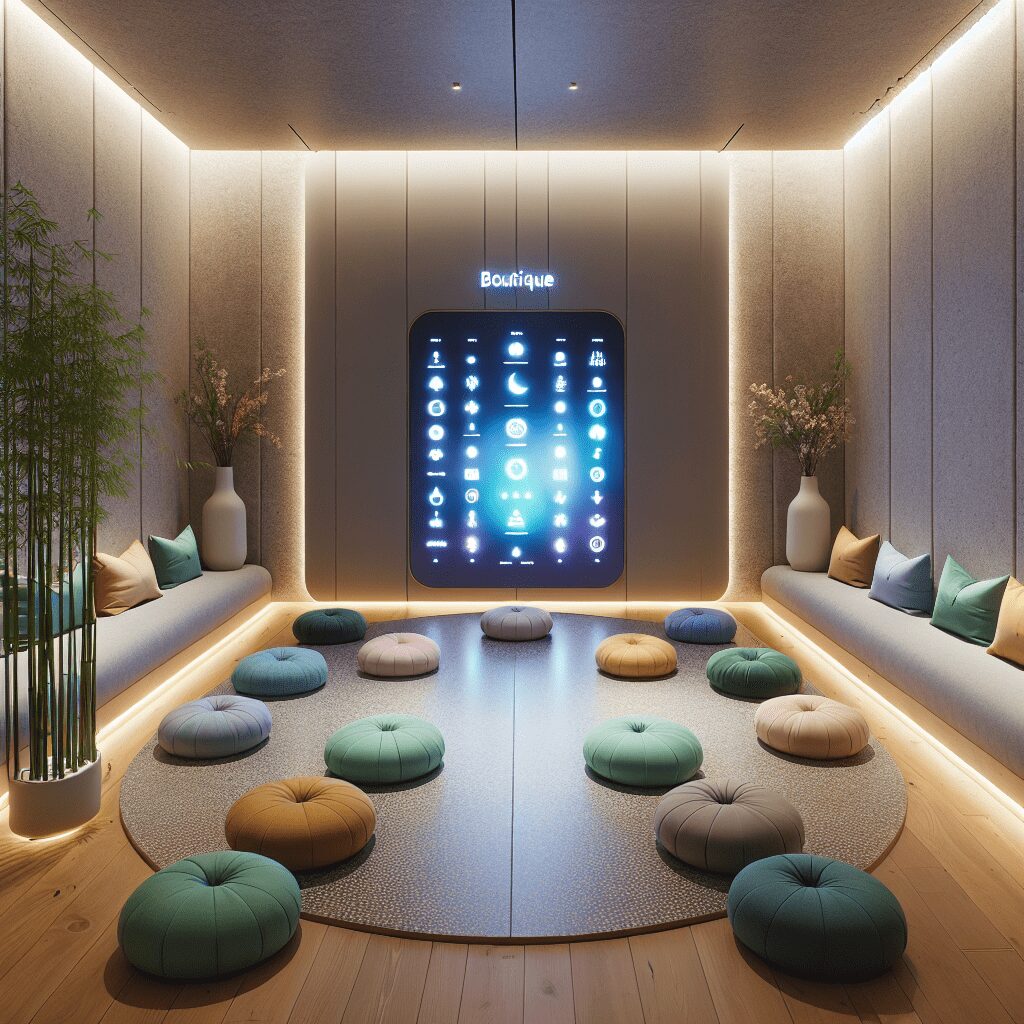
Prioritize your mental well-being daily. Enhance your life by nurturing your mental health with the Smart Meditation app. Break free from stress, alleviate anxiety, and enhance your sleep quality starting today.
Is Vipasana Meditation Laying Down?
Unraveling the Enigma of Vipassana Meditation: Postures and Practices
When diving into the profundities of meditation practices, Vipasana, or more accurately spelled as Vipassana, often emerges as a subject cloaked in intrigue and fascination. This ancient technique, hailing from the treasure troves of Buddhist meditation practices, offers a path toward self-awareness and enlightenment that has captivated seekers for millennia. But, amid the swirling curiosity surrounding Vipassana, a question frequently pops up like a jack-in-the-box: Is Vipassana meditation laying down the only way to go, or is there more than meets the eye? Let’s cut through the fog and get down to brass tacks.
The Core Essence of Vipassana Meditation
First off, it’s crucial to understand the bedrock principle of Vipassana: mindfulness and observation. At the heart of it, Vipassana encourages practitioners to keenly observe their thoughts, sensations, and emotions without attachment or judgment. This meditative melodrama unfolds as a process of deep self-reflection, designed to foster a profound state of peace and liberation.
Now, onto the hot topic—how should one position themselves to hop onto the Vipassana bandwagon? Traditionally, sitting cross-legged on the floor is the go-to posture, setting the stage for uninterrupted focus and equilibrium. However, contrary to popular belief, Vipassana isn’t a one-posture pony. The technique’s versatility transcends rigid norms, embracing flexibility to accommodate individual needs and comfort.
Let’s Talk Posture: Can You Really Meditate Lying Down?
You bet your bottom dollar you can! Vipassana meditation, in its essence, prioritizes the inward journey over external formalities. Although sitting upright with a straight back is often recommended to prevent dozing off, it’s not cast in stone. Here’s the lowdown on alternative postures:
-
Lying Down: Ideal for those dealing with back pain or other physical constraints, lying down (in the Savasana pose or lying flat with a slight elevation for the head) can be a gateway to mindful exploration. However, the trick lies in staying alert. It’s a fine line between meditation and a snooze fest!
-
Chair Sitting: Plop yourself onto a chair, feet flat on the ground, back unsupported by the chair. Voilà, you’re set for meditation without the leg cramps.
-
Walking Meditation: Surprised? Walking slowly and mindfully, focusing on the sensation in your feet, is another way to practice Vipassana. It’s meditation in motion, ideal for those who find stillness akin to watching paint dry.
The Bottom Line: It’s Your Journey
At the end of the day, Vipassana is a deeply personal voyage toward self-realization and inner peace. Whether you’re perched like a king on your meditation cushion or lying down, the essence of Vipassana meditation lies in the profound intimacy of self-observation and mindfulness. Let comfort and personal preference be your guides as you embark on this transformative journey. After all, it’s not about the posture but the practice that paves the way to enlightenment. Keep your eyes on the prize, and may your Vipassana adventure be as enlightening as it is liberating!





